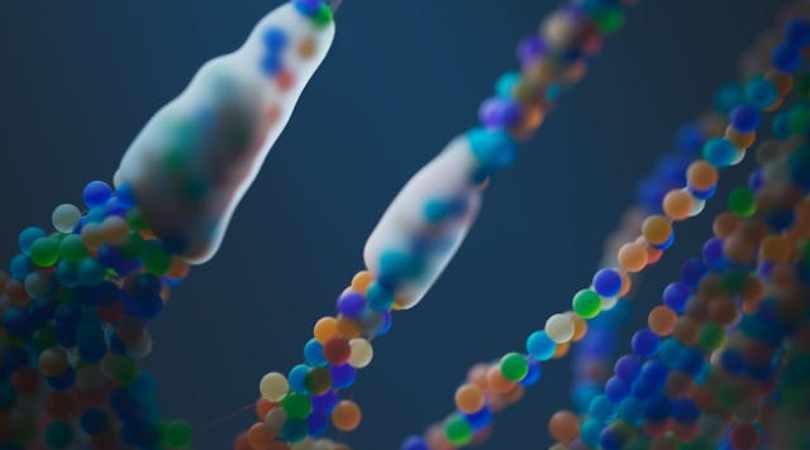Scientists have successfully restored the lost uricase enzyme, a key breakthrough in combating fructose-induced fat formation. This discovery offers new hope for preventing obesity and metabolic disorders by targeting how the body processes sugar and stores fat.
Limited Quantities Available! Order Today and Enjoy Free Shipping on Orders Over $100!
Sugar-Free Diet
A diet that avoids added sugars—helpful, but not always enough to stop internal fructose production and its metabolic effects.
Cutting Sugar Isn’t Always Enough
A sugar-free diet is a powerful first step—but fructose metabolism can still be activated from within.
Even without added sugar, your body can convert glucose and other substrates into fructose through the polyol pathway. Stress, dehydration, and high-carb meals can all trigger this internal process, quietly driving fat gain, cravings, and inflammation despite dietary discipline.
SugarShield is designed to support your efforts by helping modulate the effects of both dietary and endogenous fructose metabolism. It’s a metabolic ally for those doing everything right—but still looking to reclaim energy, reduce cravings, and break the cycle at its root.
What is a Sugar-Free Diet?
A sugar-free diet typically avoids foods and drinks that contain added sugars—like soda, candy, desserts, and many processed products. It's often recommended to support weight loss, insulin sensitivity, and metabolic health.
Why It's Not Always Enough
While removing sugar is a smart step, it doesn't always stop fructose metabolism. That's because the body can create endogenous fructose from other sources:
- Refined carbohydrates
- Alcohol
- High salt intake
- Stress and dehydration
This means people may still activate the damaging fructose pathway even on a ""sugar-free"" diet.
Fructose Is a Metabolic Trigger
The key issue isn't just sugar—it's fructose metabolism, which drives fat gain, cravings, and inflammation even when no sugar is consumed.
LIV3's View
We believe a sugar-free diet should be paired with metabolic tools that block fructokinase and reduce uric acid. That's where SugarShield comes in—helping to blunt the impact of both dietary and internal fructose, while supporting long-term metabolic balance."






